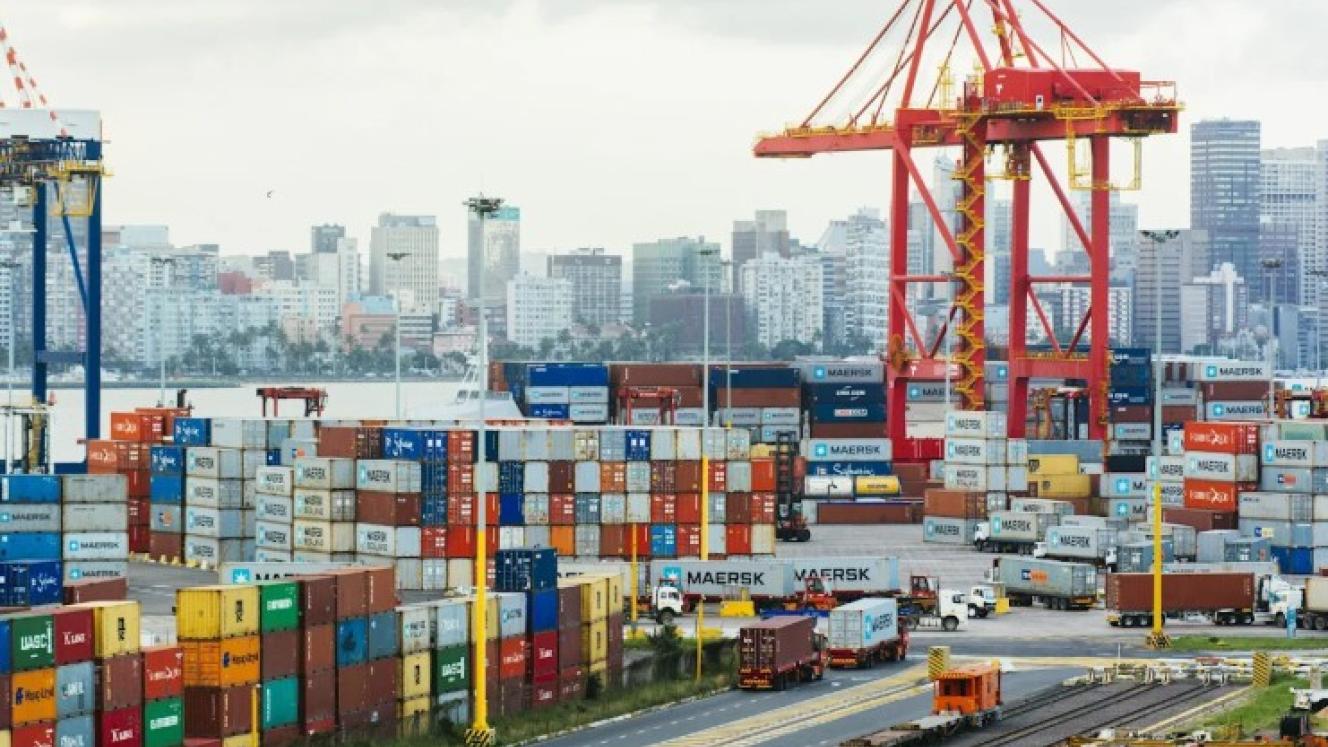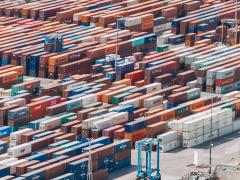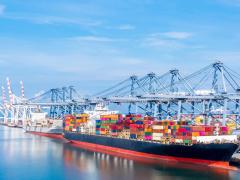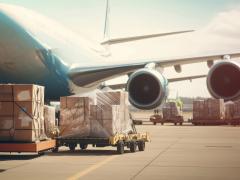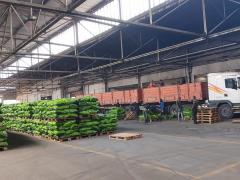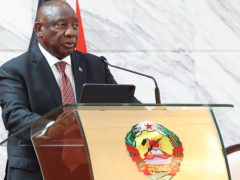DP World Maputo’s ambitious $165 million expansion of the Port of Maputo’s container terminal is gathering pace – a project that will double capacity, deepen the port’s draft to 16 metres and cement Maputo’s role as a key regional trade hub. The upgrade promises faster vessel turnarounds, lower logistics costs and expanded market access for exporters across southern Africa. Freight News features editor Liesl Venter spoke to Sumeet Bhardwaj, CEO of DP World Maputo, to find out more. LV: Can you share more details about the scope and key components of the container terminal expansion at the Port of Maputo? SB: Phase one of the expansion started in April this year and involves a $165m investment where we are expanding the container yard by an additional 6.5 hectares, taking our capacity from 255 000 TEUs to 530 000 TEUs. We are also increasing the reefer plug capacity from 750 to more than 1000. The port’s draft is being deepened from 12 metres to 16 metres, allowing it to berth vessels of up to 18 000 TEUs. This will position the port as a regional hub for transit and transhipment cargoes as part of our long-term strategy to meet global trade demands. Three super post-Panamax cranes and upgraded terminal operating systems will strengthen efficiency, with improved gate operations reducing truck turnaround times. LV: What is the current status of the expansion project and how will it impact trade, employment and economic growth once completed? SB: The project is currently on track, with construction work for the quay wall and yard expansion due to be completed in July 2026. The full upgrade, including the delivery of three ship-to- shore cranes and one RTG, is anticipated to be completed by the end of next year. The expansion of the container terminal at the Port of Maputo is part of a long-term strategy to meet global trade demands, create thousands of new jobs and contribute to Mozambique’s economic growth. The project will significantly enhance the capabilities of the port, positioning Maputo as a trade and logistics hub for southeastern Africa and opening a gateway for larger container ships. This opens opportunities for existing or new customers in terms of volumes and space. The terminal’s increased capacity will lead to faster, cost- effective carrier turnarounds and more competitive freight rates that will attract more vessels to the Port of Maputo. LV: What key trends are currently shaping the logistics and freight industry in Mozambique? SB: We are seeing an increase in integration between southern African markets. We have many customers looking to route to the hinterland of South Africa, Zimbabwe and eSwatini via Maputo. We are also seeing a demand for multimodal transport ecosystems, including more rail corridors, which is a very positive trend, both from a cost and efficiency perspective, as well as for environmental sustainability. Our logistics infrastructure in Beira, including vehicle fleet, warehouses and freight forwarding capabilities, is experiencing growth, as more customers are exporting and importing via the ports in Mozambique. LV: Are you seeing volumes increasing or decreasing in and out of Mozambique? What are the drivers behind this trend? SB: Currently, container volumes are increasing, bouncing back from the previous currency instability. Trading levels are getting back to normal and slowly but steadily improving. DP World is developing the corridors to connect the hinterland and this will open new opportunities for trade and infrastructure development. LV: What are the key challenges the logistics sector faces in Mozambique? SB: Customs data exchange and digital interoperability across southern African countries is key to unlocking growth in the sector. This was a significant topic of discussion at the Intermodal Africa 2025 event held in Beira to develop a Regional Customs Data Exchange initiative between Malawi, Mozambique, Zambia and Zimbabwe. All four countries agreed to use the World Customs Organization (WCO) Data Model as the standard for customs-to-customs (C2C) data exchange, with pilot deployments planned for 2026 and full-scale rollout to follow. This initiative will enable government customs authorities to align and streamline data exchange, which can in turn speed up border crossings. The objective is to move from one- stop border posts to “non-stop borders”, enabled by real-time data exchange and digital integration. This will enhance trade corridor efficiency, reduce clearance times, and combat illicit trade, thus significantly transforming the industry and boosting intra-African trade. LV: What is your outlook for Mozambique? SB: Our outlook is positive and we are optimistic about the growth opportunities in the short and medium term. Our strategy is to create an ecosystem that empowers local rail operators, freight forwarders and logistics providers to grow alongside us. We are developing dry ports and logistics corridors to connect Maputo with regional markets. By strengthening trade corridors, we are not only reducing the cost of trade but also enabling SMEs to participate in global supply chains.
